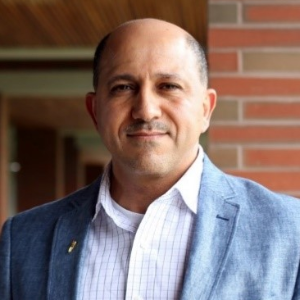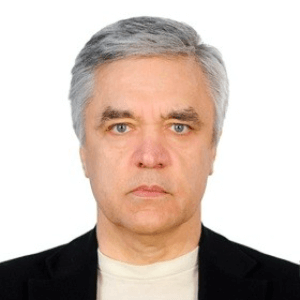Diffraction Techniques
Diffraction Techniques Are A Group Of Experimental Methods Used To Study The Structure Of Matter, Such As Crystals Or Molecules. They Are Based On The Principle Of How X-Rays, Electrons Or Neutrons Interact With Matter To Produce A Diffraction Pattern Which Can Be Used To Reveal The Shape, Size, And Arrangement Of Individual Atoms And Molecules. One Of The Most Widely Used Diffraction Techniques Is X-Ray Crystallography, Which Uses An X-Ray Beam To Measure The Distribution Of Electrons In A Crystal. This Data Can Then Be Used To Calculate A Three-Dimensional Model Of The Crystal Structure, Providing Detailed Information About The Arrangement Of Atoms And The Interactions Between Them. Other Diffraction Techniques Include Neutron Diffraction, Which Uses Neutrons Instead Of X-Rays To Measure The Electron Density Of A Sample, And Electron Diffraction, Which Uses Electrons Instead Of X-Rays For The Same Purpose. These Methods Are Used In A Variety Of Scientific Fields, From Materials Science To Biochemistry. They Are Now Becoming Increasingly Important In Developing New Materials And Understanding The Structures And Dynamics Of Biological Systems.

Hossam A Gabbar
Ontario Tech University, Canada
Victor John Law
University College Dublin, Ireland
Alexander Bagaturyants
National Research Nuclear University MEPhI, Russian Federation
Sergey Suchkov
N.D. Zelinskii Institute for Organic Chemistry of the Russian Academy of Sciences, Russian Federation
Shree Niwas Chaturvedi
Centre for Aptitude Analysis and Talent Search, India
Pieter Samyn
SIRRIS, Belgium




Title : Advances in plasma-based radioactive waste treatment
Hossam A Gabbar, Ontario Tech University, Canada
Title : Unraveling the ultrastructure and functions of the neuronal membrane skeleton using super-resolution fluorescence microscopy
Zhou Ruobo, Djillali Liabes University of Sidi Bel Abbes, Algeria
Title : Solar box cooker dehydration, and relative humidity endpoint detection, of lamiaceae culinary leaves on the island of Crete
Victor John Law, University College Dublin, Ireland
Title : Nutrient and heavy metal loads from the Ribeiras to Coastal zones: A land-ocean continuum perspective in Madeira Island
Aracelis Del Carmen Narayan Rajnauth, University of Porto, Portugal
Title : Prospective polyoxometalate-based covalent organic framework heterogeneous catalysts
Arash Ebrahimi, Comenius University Bratislava, Slovenia
Title : Eliminating implant failure in humans with nano chemistry: 30,000 cases and counting
Thomas J Webster, Brown University, United States